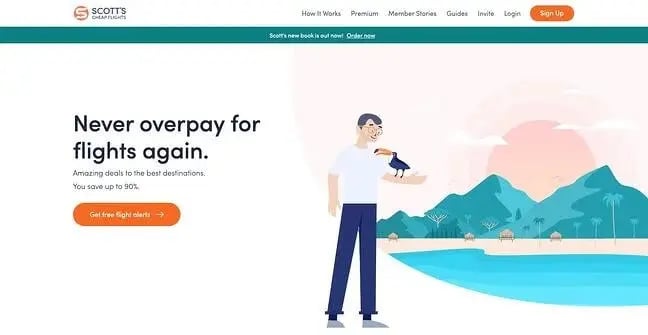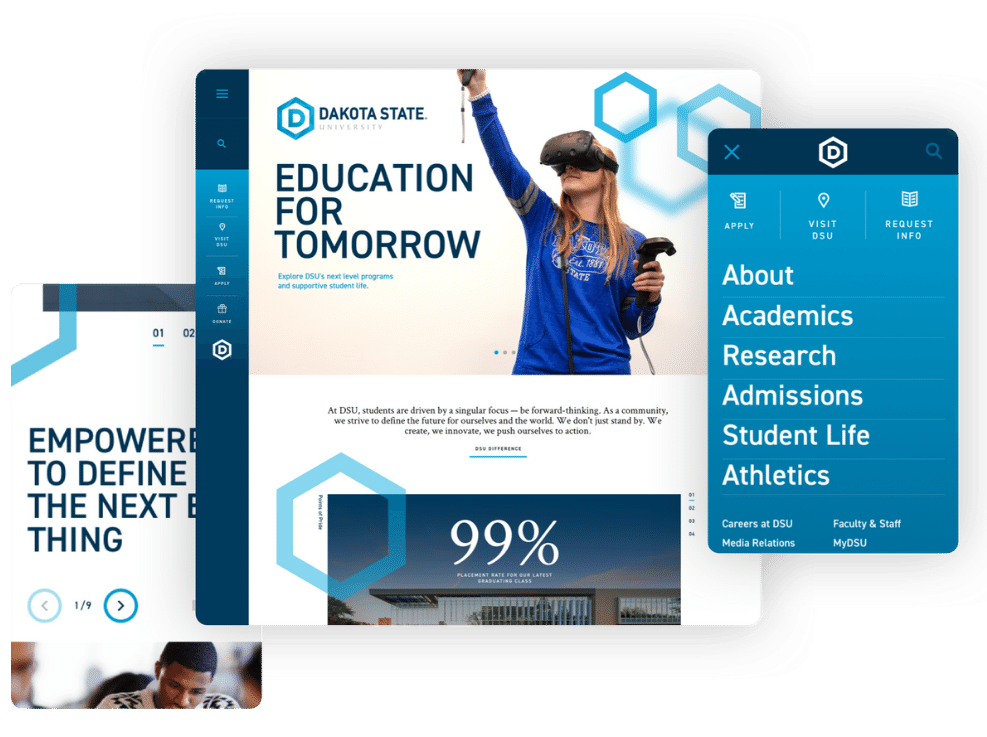The Role of Website Design in Enhancing Brand Identity and Recognition
The Role of Website Design in Enhancing Brand Identity and Recognition
Blog Article
Modern Internet Site Design That Captures Focus and Transforms
In a significantly digital landscape, modern-day web site style has actually arised as an essential aspect in catching individual attention and driving conversions. As we discover these necessary components, it becomes clear that understanding their interplay can substantially impact a website's performance and customer satisfaction.
Relevance of Visual Hierarchy
Aesthetic pecking order is an essential element in website style, as it guides users' interest and boosts their general experience. By purposefully arranging web content, developers can direct individuals to one of the most vital information initially, therefore boosting engagement and improving use. Effective visual hierarchy employs various techniques, including size, contrast, color, and spacing. Larger aspects naturally attract the eye, while contrasting shades can emphasize essential messages, making them attract attention amongst more controlled elements.
Incorporating a rational circulation in web content setup is vital; for instance, putting one of the most crucial details at the top of a page fosters immediate acknowledgment. Constant use of typography, such as differing font dimensions and designs, aids establish a clear material framework. This organization not only aids in navigation yet also constructs trust, as customers really feel more comfortable when they can conveniently find what they are looking for.
Ultimately, a well-executed aesthetic hierarchy not just improves visual appeal however also significantly impacts individual actions. By prioritizing vital components and making certain a seamless experience, designers can efficiently transform site visitors into customers, strengthening the value of this foundational style principle in modern-day web site development.
Responsive Design for All Devices
Creating a seamless experience throughout different tools is important in today's digital landscape, where individuals accessibility sites from smartphones, desktop computers, and tablets alike. Responsive layout is an essential method that guarantees web sites adapt fluidly to different screen sizes, alignments, and resolutions. By employing flexible grids, photos, and CSS media questions, developers can produce designs that preserve visual honesty and performance, no matter the device being used.
The relevance of responsive layout expands past aesthetic appeals; it straight impacts customer engagement and conversion rates. A web site that works well on all devices urges longer brows through and reduces bounce rates, as users are more probable to communicate with web content that is very easy to browse. Search engines, especially Google, focus on mobile-friendly websites in their positions, making responsive style an essential component of search engine optimization (SEO)
Integrating responsive design not just boosts user experience yet additionally enhances the development process. By developing a solitary website that works across tools, businesses can save time and sources compared to establishing different mobile and desktop computer variations. Inevitably, responsive style is a basic strategy for modern site design, making certain availability and satisfaction for all customers, no matter their gadget.
Involving Interactive Aspects
While a receptive design lays the groundwork for a useful internet site, incorporating appealing interactive aspects is crucial for catching user attention and cultivating deeper connections. Website Design. Interactive components, such as computer animations, quizzes, and clickable infographics, create a more vibrant customer experience, encouraging visitors to invest even more time on the website
Including interactive features can also guide customers with complicated info, making it easier to digest material. For instance, interactive sliders can highlight item variants, while ingrained video clips can offer demonstrations or testimonials that reverberate greater than static pictures or text. Furthermore, gamification methods, like rewards for involving or completing jobs with material, can boost user inspiration and retention.
Reliable use interactive aspects not only improves the user experience yet can also cause higher conversion prices. By making communications pleasurable and helpful, companies can cultivate a sense of loyalty and depend on with their audience. However, it is necessary to stabilize interactivity with performance; overly intricate features might impede site rate, adversely influencing user fulfillment. Inevitably, integrating well-designed interactive aspects can substantially boost a website's efficacy, driving involvement and conversions in today's affordable digital landscape.
Structured Navigating Practices
Reliable navigation is a keystone of any type of successful web site, as it straight influences individual experience and content accessibility. Structured navigation practices guarantee that individuals can conveniently locate info, enhancing their communication with the site. A well-structured navigation food selection need to be intuitive and straightforward, generally featuring a restricted number of main groups to stay clear of overwhelming site visitors.
To achieve streamlined navigation, developers should prioritize an ordered structure that rationally arranges material. Implementing breadcrumb tracks can offer customers with context regarding their existing area within the website, permitting seamless backtracking. Additionally, using drop-down food selections can efficiently preserve area while still providing access to subcategories.
Receptive design is critical, as navigation should be practical across all devices (Website Design). Mobile customers, particularly, take advantage of touch-friendly food selections and collapsible areas that keep usability without jeopardizing appearances

Effective Call-to-Action Methods
A well-crafted call-to-action (CTA) is vital for leading users toward wanted results on a website, as it urges them to engage with material or buy. To optimize their effectiveness, CTAs ought to be clear, compelling, and strategically placed throughout the website.
First, make use of action-oriented language that connects urgency or worth, such as "Start," "Sign up with Now," or "Insurance claim Your Discount rate." This language not see page just encourages users however likewise sets clear expectations regarding the following steps.
Second, consider design components; CTAs ought to stand apart visually via contrasting colors, read review adequate whitespace, and famous positioning. A button that is simple to see and click increases the chance of customer interaction.
In addition, customizing CTAs based on individual behavior or demographics can dramatically improve interaction. Tailored messages reverberate a lot more with individuals, driving greater conversion rates.

Conclusion
These elements collectively improve user experience, guaranteeing that visitors stay involved and inspired to check out web content better. By focusing on these layout concepts, businesses can dramatically boost user retention and conversion rates, ultimately leading to better success in the link digital landscape.
In a progressively digital landscape, modern web site style has actually emerged as a critical aspect in catching customer interest and driving conversions.Visual power structure is an important element in site layout, as it guides individuals' interest and enhances their overall experience.The relevance of responsive style expands past aesthetics; it directly influences individual interaction and conversion prices.Integrating receptive style not only boosts user experience but additionally improves the advancement process. Eventually, responsive style is a basic approach for modern internet site design, guaranteeing access and complete satisfaction for all individuals, regardless of their gadget.
Report this page